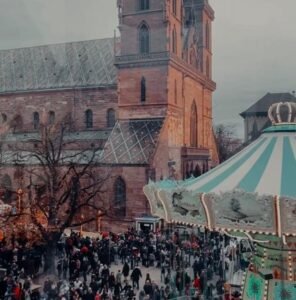What to see and do in Gorduno
By Serena Pedrioli
Welcome to Gorduno, in Ticino dialect Gordün, since 2017 district of the municipality of Bellinzona, in the canton of Ticino.
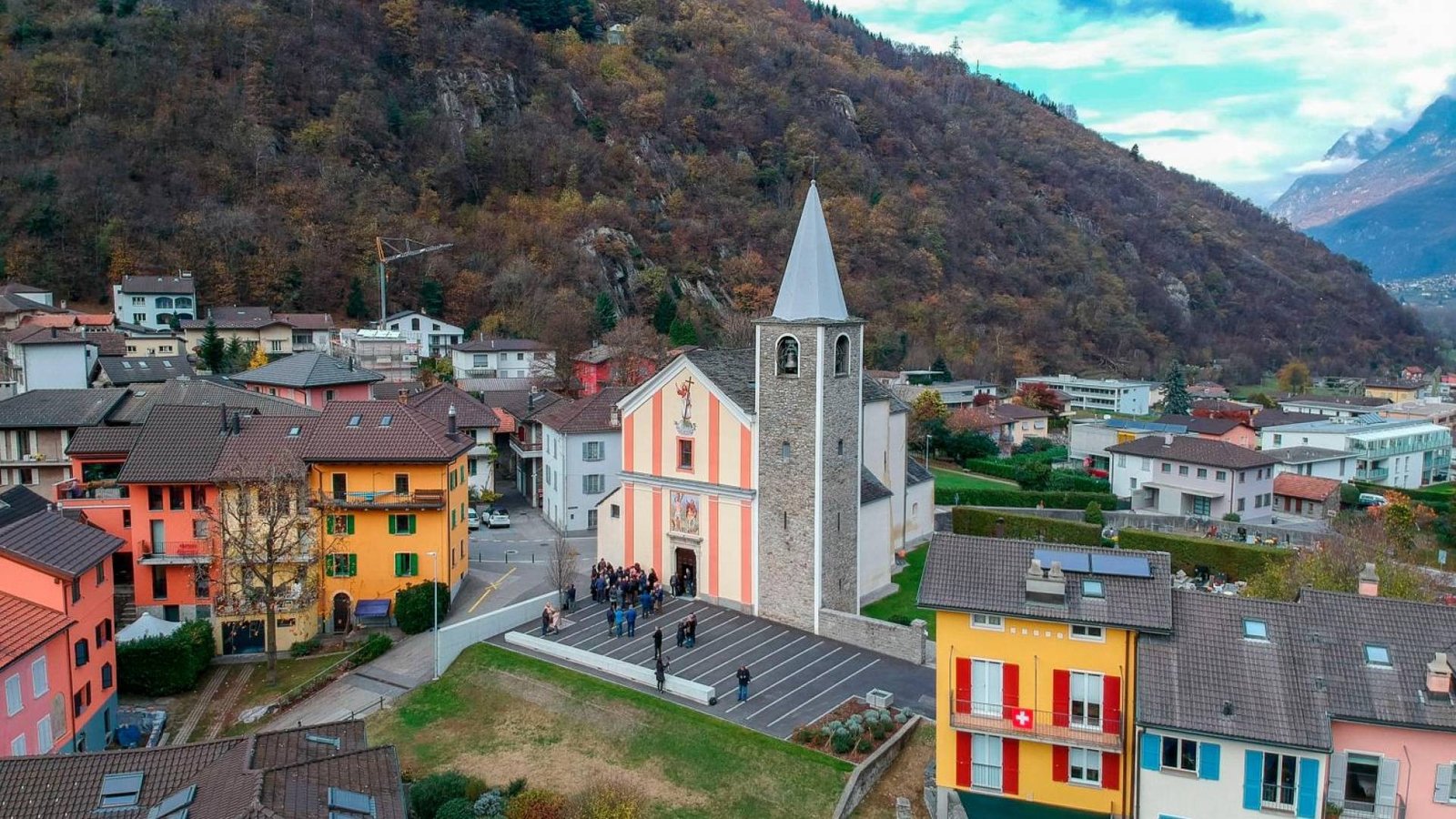
With its 817 inhabitants, Gorduno rises on the northern shore of Ticino, north of Bellinzona. The village is located on the northern part of a cone of manure, generated by the river "Riale di Gorduno", which gives the area a unique and suggestive landscape. Its oldest part, the core, stands at the top of the village, where there are narrow cobbled streets and picturesque Ticinese houses.
(@CorrieredelTicino)
In the following article you will find a complete guide to everything you can do and see in Gorduno and its mountains, just 10 min from Bellinzona.
Table of Contents
What to see in Gorduno
Church of Saints Carpoforo and Maurizio
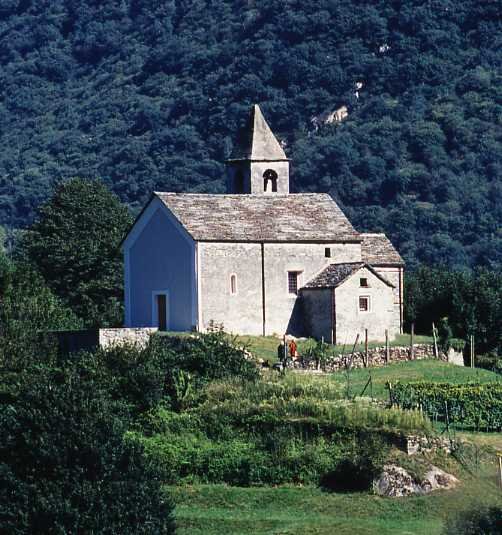
On the hill north of Gorduno, stands the charming church of Saints Carpoforo and Maurizio. The excavations carried out during the restoration (1994-97) revealed the deep roots of the church, dating back to the seventh-eighth century. The first building of worship, inserted in a small fortified complex, was discovered along with the original foundations, testifying to the presence of a religious community already in ancient times. The transformations that took place over the centuries have shaped the current appearance of the church, while preserving traces of its thousand-year history.
(@Abbaye)
The architecture of the church reflects the different eras that have characterized its evolution. From the remains of the ancient Romanesque building to the current single nave structure, the church of Saints Carpoforo and Maurizio is a real treasure chest of history. Inside, medieval frescoes adorn the walls of the choir, narrating scenes from the life of the Patron Saints.
The entire complex has been restored over the centuries, with interventions aimed at preserving and enhancing its rich historical and artistic heritage. Thanks to the careful work of experts and the direction of the architect Gianfranco Rossi, the church of Saints Carpoforo and Maurizio has been restored to its former glory.
Although usually closed for most of the year, this small church opens its doors on special occasions, such as St Carpoforo’s Day in July, when Holy Mass is celebrated. Visiting the church of Saints Carpoforo and Maurizio is a unique and fascinating experience. Located on a panoramic hill, it offers spectacular views of the surrounding countryside and the valley below.
Church of Saints Rocco and Sebastiano

The church of Saints Rocco and Sebastiano stands in the heart of Gorduno. Characterized by a longitudinal plan and a bell tower crowned by a pyramid roof, this architectural structure is a magnificent example of sacred art in the Canton of Ticino.
Built in late Gothic style in the fifteenth century, the church of Saints Rocco and Sebastiano has undergone profound changes over the centuries that have influenced the current appearance, characterized by an elegant fusion of Baroque and Renaissance styles. The building preserves traces of its past in the previous parts, such as the choir and the Renaissance portal, which testify to the rich history and artistic evolution of the church over time.
The facade of the church welcomes visitors with a Renaissance portal decorated with a suggestive bas-relief depicting the Madonna and Patron Saints. Inside the church, the nave, punctuated by four bays with a barrel vault, leads the gaze to the magnificent choir surmounted by a dome with plumes. Along the walls there are chapels decorated with stucco altars and frescoes. Among the late Gothic frescoes, the hand of the Seregnesi, famous artists of the time, stands out.
The mountains (monti) of Gorduno
Along the valley of Gorduno, above the village of the same name, are its mountain villages: Lariss, Pramii, Campirasc, Pree, Sirt, Sassa, Scareuro Pramü, Rüscada, Biancaresc, Ladresc e Bedretto.
No Images Found!
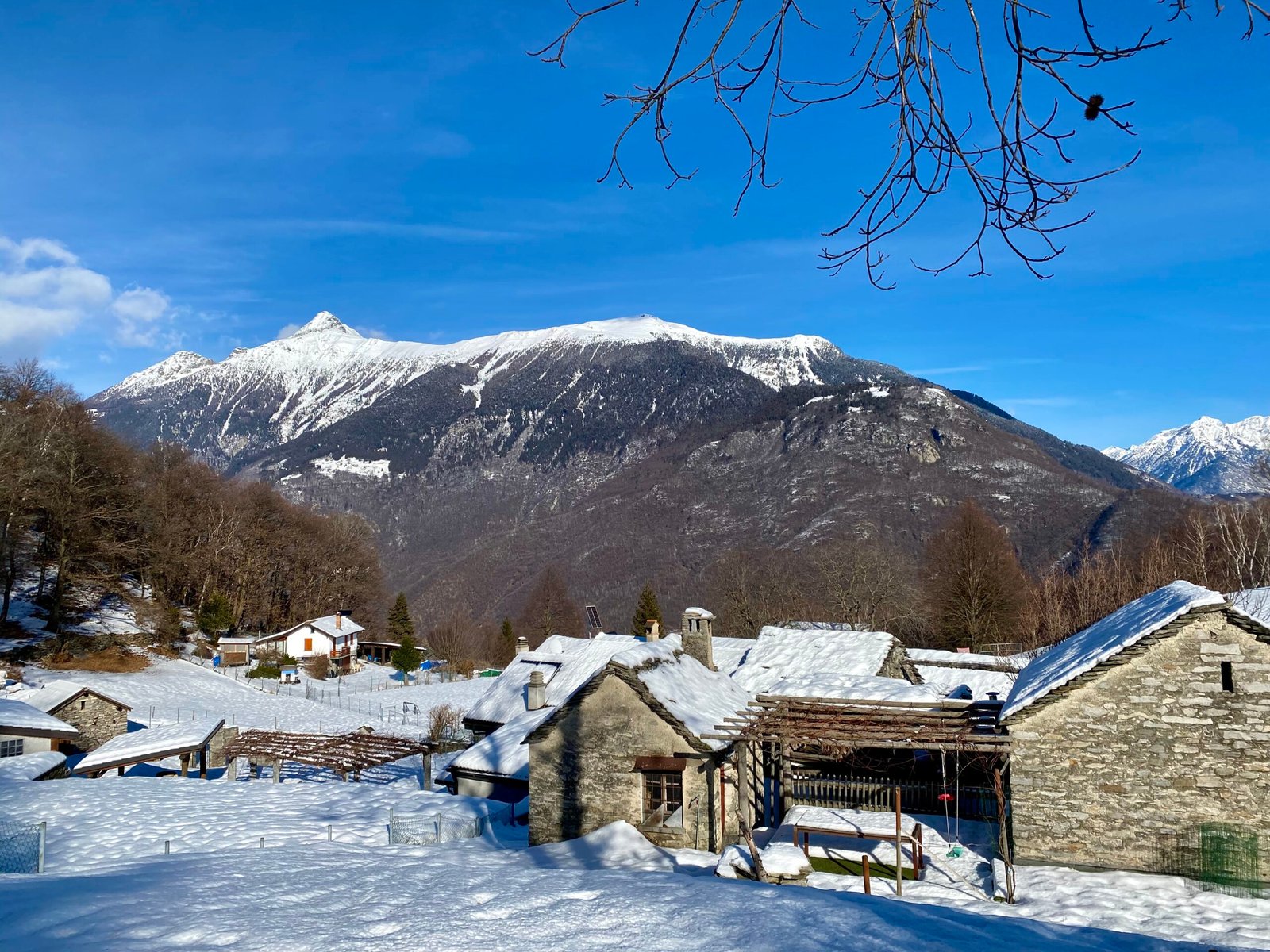
The mountains of Sassa have a particular importance for the development of the village of Gorduno as we know it today. In fact, it would seem that it was here that the first settlements of Gorduno and Gnosca were created. Later, the population moved progressively downstream and the settlement of Sassa was abandoned around 1570. Today there are farmhouses inhabited seasonally.
Connecting the various mountains is the forest road owned by the Patriziato di Gorduno, built between 1962 and 1965. The road winds for 15 km from Gorduno village (300 m asl) to the village of Arami (1’400 m asl).
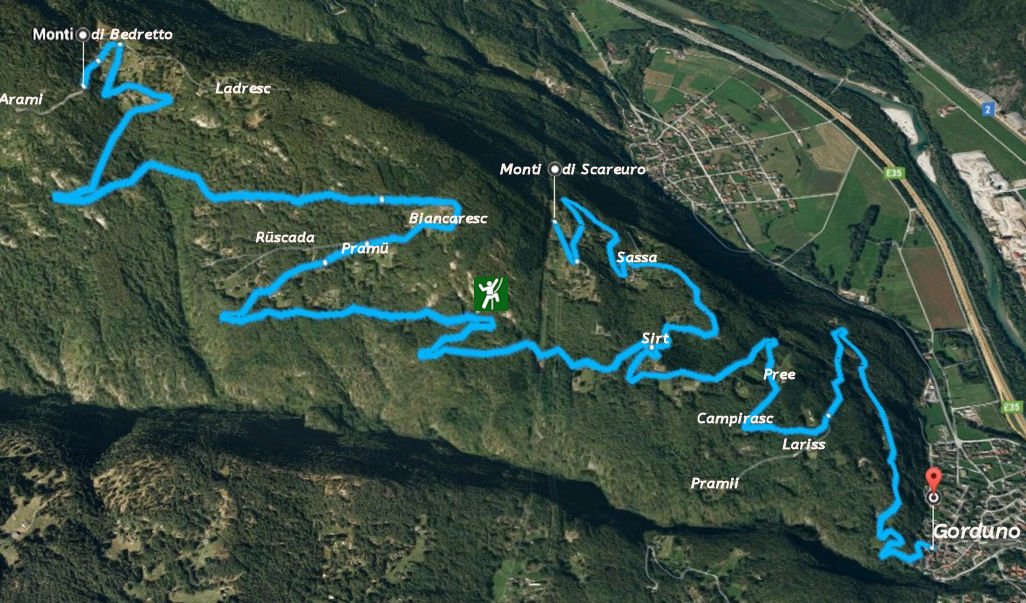
In recent years, this territory has gained a certain resonance at the cantonal level thanks to the inauguration of Alpe Arami in 2021.
Alpe Arami

Nestled among the majestic peaks and ancient larch trees, the Baita Arami is a real jewel brought to life in 2021 by the Alpe Arami Foundation. Located in the municipality of Bellinzona, at 1465 m asl, what was the Alpe Arami is back to life thanks to the efforts of the Foundation.
The restoration work has preserved its traditional architecture and natural surroundings, offering visitors an authentic experience that combines past and present.
Baita Arami, is a hut costudita and open during the summer months (May-October), with a total of 12 beds.

It welcomes its guests with a spectacular terrace that offers a breathtaking view of the surrounding peaks, including the Camoghé and the Pizzo di Claro. While the culinary offer, based on local products, allows visitors to enjoy the authentic flavors of the Ticino tradition.
Accessible by car with a short walk of ten minutes to the refuge, or about 30 minutes from the mountains of Bedretto. The hut is the perfect starting point for excursions to the nearby Capanna Albagno and along the Via Alta della Verzasca, exploring the natural beauty of the surroundings.
In addition, near the Baita Arami there is the “ruby of Gorduno”, a formation of rocks of great geological interest, from 480 kilometers deep.
The Ruby of Gorduno: a geological treasure

In 1996, an article by Corriere della Sera aroused great interest with the title "Mysterious rocks in Bellinzona! With diamonds?" by Bignami Luigi. In fact, these mysterious rocks were known for centuries, but only recently have attracted the attention of geologists. The rocks of Valle di Gorduno, in particular those of Alpe Arami, are rich in pyrophores, a variety of garnet red or ruby. These crystals, which indicate a deep Earth Nalle origin, are surrounded by a greenish patina.
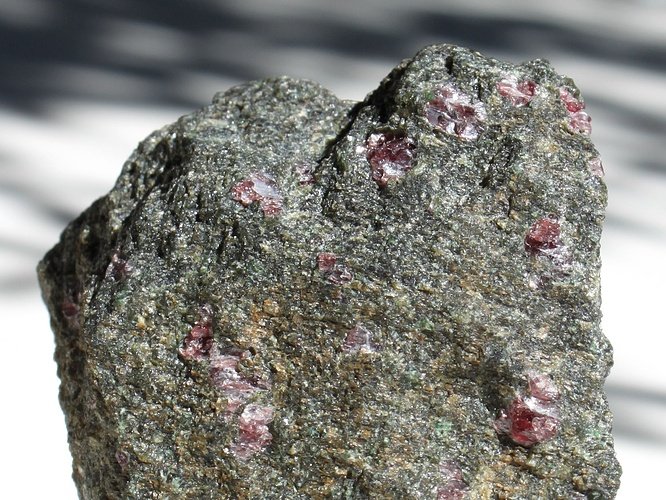
Peridotite, the mother rock of the pyramids, is an ancient eruptive rock of dark green color, rich in olivine. The presence of olivine indicates a source from the depths of the Earth’s mantle, about 500 kilometers deep. Despite the richness of olivine, the layers are too thin to produce precious stones of significant size.
(@Hikr.org)
The presence of pyrophores has raised the hope that these rocks may contain diamonds, similar to those found in South Africa. Although this hypothesis has been the subject of study and debate among geologists, it has nevertheless fueled a kind of “pyro rush” among geologists, mineral seekers and jewelry enthusiasts.
The American geologist Harry Green, after having carried out several analyses, has hypothesized that the rocks of the Alpe Arami come from incredible depths, perhaps over the 480 kilometers. This theory, if confirmed, would question our current knowledge of the composition and origin of terrestrial rocks.
The history of the Gorduno Valley as a place of geological interest is not recent. As early as 1482, Andrea da Bellinzona had obtained a concession to explore the deposit of “rubies of Gorduno”, as the pyrotechnics of Alpe Arami were known.
Mountain Trails
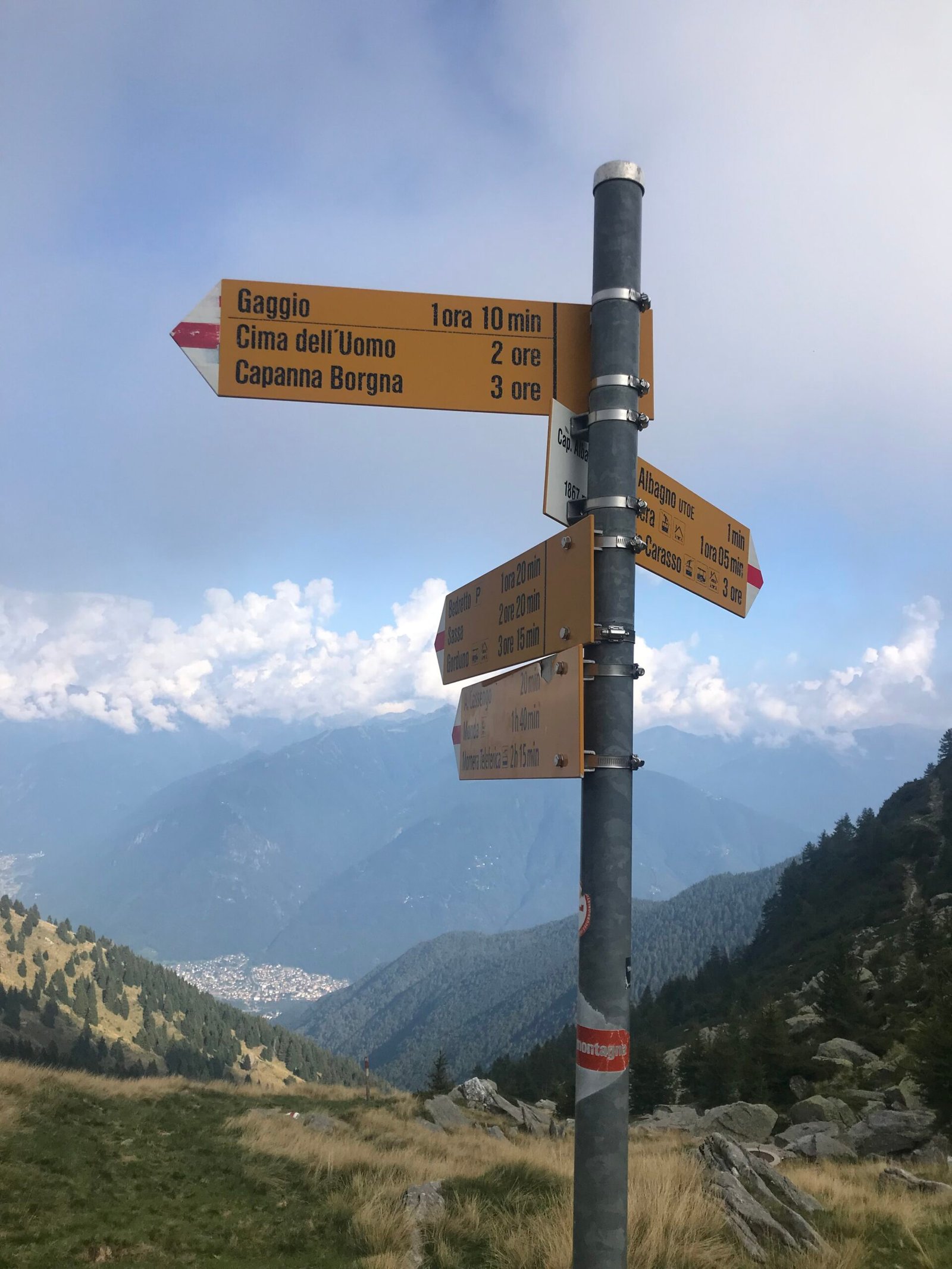
In this territory rich in natural beauty, there are paths that invite you to explore the surrounding nature.
From Gorduno village to Alpe Arami
- Mountain path that runs along and often intersects with the forest road
- It allows to reach: Sassa, Scareuro, Biancarescio, Ladrescio, Bedretto and Alpe Arami
- Total duration: approx. 3:45 hours walking and 3 hours cycling
– to Sassa: 1:20 hours
– to Biancarescio: 2 hours
– to Bedretto: 3 hours - Elevation gain: 1’208 m a.s.l.
- Average gradient: 20.26%
Difficulty: intermediate
From the mountain-village of Bedretto to the hut Albagno UTOE
- Access: Alpe Arami, Alpe Corveggio, Alpe Valsecco, Alpe Cassengo and Capanna Albagno UTOE
- Total duration: 1:45 hours walk
– to Alpe Cassengo: 1 hour - Elevation gain: 537 m s.l.m.
- Average gradient: 25.09%
- Difficulty: intermediate
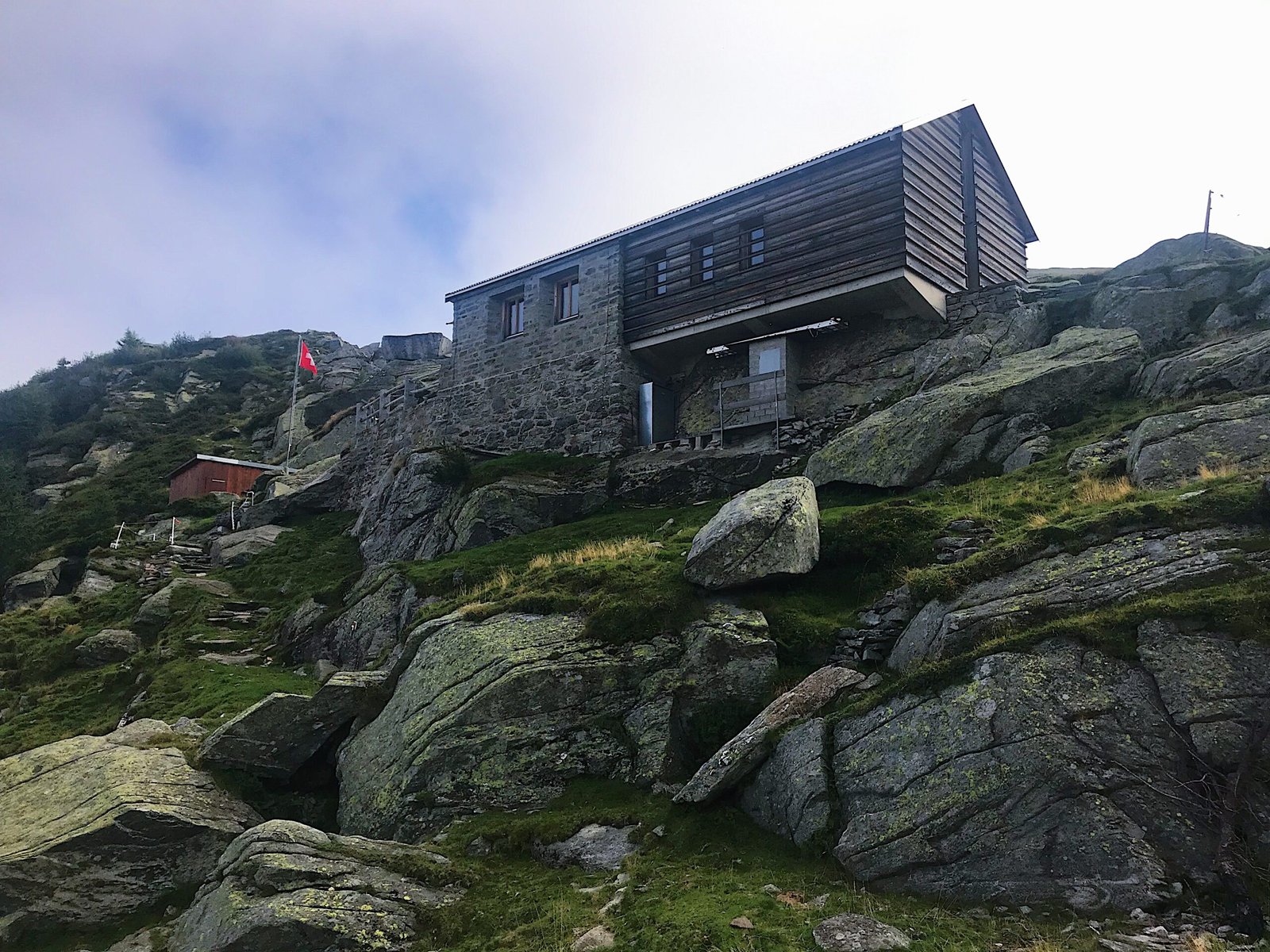
Climbing in the Gorduno Valley
In the valley of Gorduno there is a cliff near the mountains of Ladrescio where you can practice climbing in a quiet environment, surrounded by a chestnut forest.
Grades range from 4 to 7, which allows for a wide choice of climbing. The style is predominantly plaque movement although it is varied on some shots with blades, cracks and notches.
For more information:
Practical information
It is important to note that the Gorduno Mountains forest road is only open to the public during the summer months (April-October).
In addition, you must purchase a daily pass for CHF 5, valid for 24 hours. You can buy it at the parking meter located in front of the headquarters of the Patriziato (Via Caringhetto 12, 6518 Gorduno), through the applications Parkingpay, Twint or Easypark, or in the places of sale of paper permits in the district of Gorduno (restaurant Aurora, restaurant Antichi Sapori or municipal administration Bellinzona). For those who want to buy an annual subscription, there is a sticker for the price of 80 CHF.
For more information visit the official website of Patriziato di Gorduno.
Historical analysis
Gorduno boasts a rich history of disputes and changes that have shaped its identity over the centuries. Located in a strategic position near the river Ticino, this town has been the scene of clashes and agreements that have marked the fate of the region.
One of the most significant episodes of its history is the dispute between Como and the Church of Milan, resolved by the judgment of 1202 that assigned to Como the church of SS. Carpoforo and Maurizio in the castle called Gnosca, located in the territory of Gorduno.
During the Middle Ages, Gorduno, which also included the mountain hamlet of Sassa, was an integral part of the Bellinzona countryside and subjected to a mayor appointed by the Milanese canons. Over the following centuries, the village underwent administrative and social changes, with the dismemberment of the Bellinzona plebana and the passage of parish functions from the castle church to that of the village, dedicated to SS. Rocco and Sebastiano.
The history of Gorduno is closely linked to its geology and the natural resources of the territory. Already in the Middle Ages, rubies were extracted from the Gorduno valley, which contributed to the wealth and prosperity of the region. Today, the resort has largely transformed into a residential area, but still retains its rural charm and its connection with the surrounding nature.
Gorduno also boasts important archaeological sites, with finds of prehistoric tombs that testify to human presence since ancient times. The castle of San Carpoforo, sometimes also called Gnosca or Gorduno, is another important historical point, rebuilt in 1402 and witness to centuries of history and changes in the region.
Sources:



